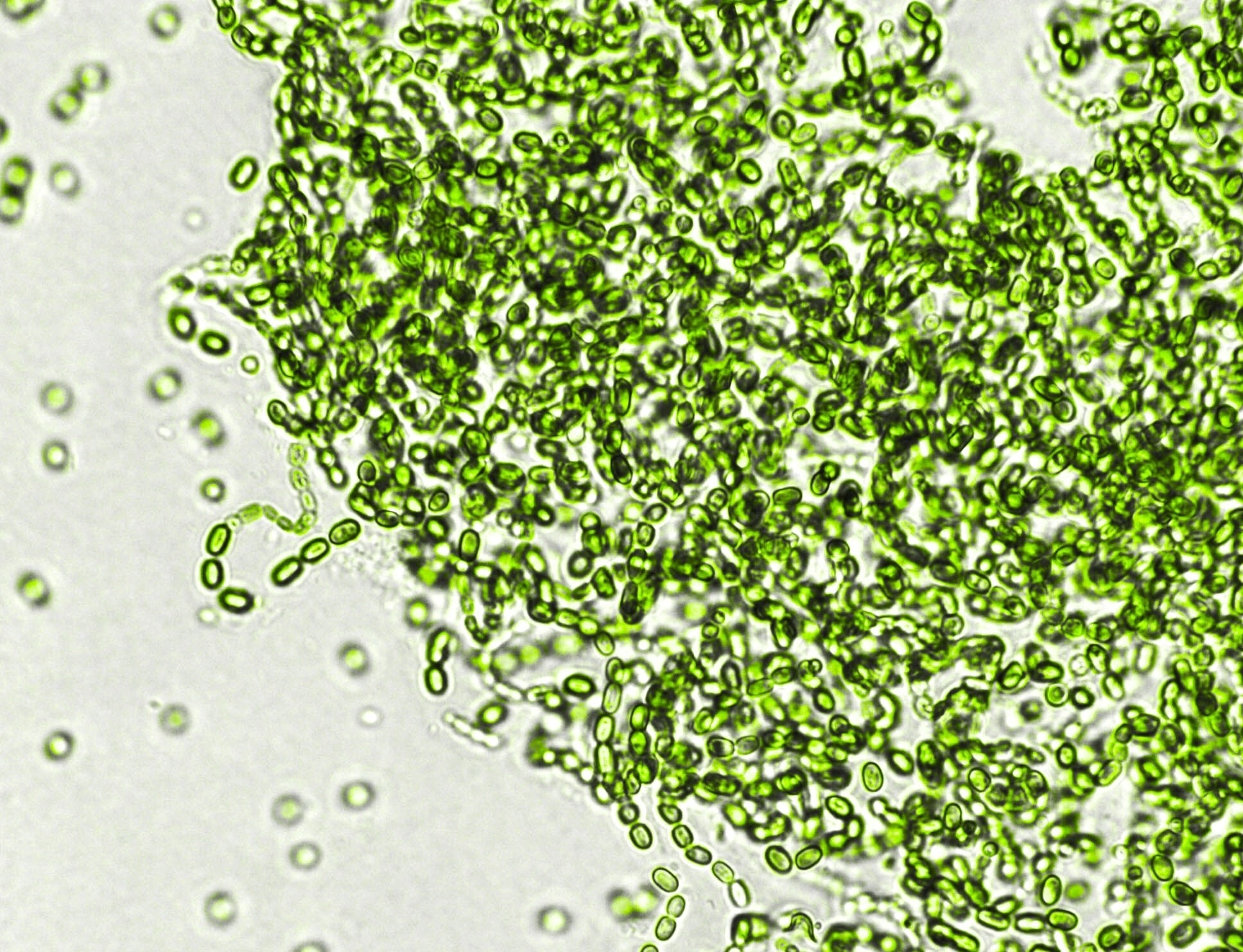 By Pooja Toshniwal PahariaReviewed by Frances BriggsJun 26 2025
By Pooja Toshniwal PahariaReviewed by Frances BriggsJun 26 2025Scientists have found that Bacteroides thetaiotaomicron, a key gut microbe, changes its size and shape in response to its environment. Each different microbe form is linked to specific genetic activity and metabolic roles.

Image Credit: Elif Bayraktar/Shutterstock.com
A new study published in Cell Reports reveals how these morphological changes reflect deeper phenotypic and functional diversity. The research offers insights into how gut bacteria adapt to environmental stress and support host health. It suggests that targeting specific genes involved in shaping bacterial cells could help harness or enhance their beneficial effects, potentially opening new paths for treating gastrointestinal disorders.
The study shows that bacterial shapes are more than just structural quirks. Even minor morphological differences can lead to substantial energy demands, particularly in motile organisms, where nanometer-scale morphological differences can significantly affect the energy required for movement.
Genetically similar bacteria can show marked differences in shape and structure, even under controlled laboratory conditions. In E. coli, for instance, the surface area-to-volume ratio plays a crucial role in determining cell shape.
This kind of variability improves microbial fitness and resilience by making bacteria more adaptable and can also increase bacterial virulence. Similar variability has been seen in the gut microbiota, yet the molecular mechanisms behind their morphological and phenotypic diversity are not fully understood.
Inside the Study
To investigate these mechanisms, researchers examined the cell dimensions of B. thetaiotaomicron in both lab cultures and live mice, mapping how their morphology varies across conditions and how it relates to gene expression.
In vitro experiments involved growing the bacterium in three different media: tryptone yeast extract glucose (TYG), brain heart infusion-supplemented (BHIS) broth, and minimal medium with glucose (MMG). They introduced a fluorescently labeled strain in the mice to analyse the bacterium in vivo.
After two weeks of colonization, they collected bacteria from different regions of the large intestine, including the cecum, mucus layer, and lumen. They analyzed the morphological structures of the different bacteria using confocal and electron microscopy.
They also used the antibiotic cefoxitin to disrupt cell division and study whether shape differences were tied to the cell cycle. To probe genetic differences, the team isolated 100 cells from each size range for transcriptomic analysis tailored to B. thetaiotaomicron. This method revealed how changes in morphology aligned with shifts in gene expression and cellular function.
What They Found
The bacterium displayed three main morphotypes which resembled the Greek letters theta (Θ), iota (І), and omicron (Ο). Bacterial cell lengths ranged from one to ten micrometers, with TYG-grown cells tending to be larger and BHIS- or MMG-grown cells tending to be smaller. Bacteria collected from the mice guts had significantly varying morphology, with notably thinner cells in the mucus layer than in the lumen.
Transcriptomic analysis showed that large cells upregulated genes tied to replication, fatty acid synthesis, and lipid metabolism - including spt, fabD, fabF, lpxD, dnaG, dnaA, murC, murD, and murF. Smaller cells, in contrast, expressed genes relating to breaking down carbohydrates and acquiring vitamin B1, essential for energy production and survival. It also indicated that specific marker genes causally contributed to B. thetaiotamicron cell size.
Further analysis showed that deleting certain resistance-nodulation-division (RND)-type operons led to larger cells, while overexpressing them produced smaller ones. These changes were consistent across multiple techniques, including fluorescence-activated cell sorting (FACS), flow cytometry, and fluorescence in situ hybridization (FISH).
The researchers found that the morphotypes were not fixed. Individual cells could change size or produce offspring with different shapes, suggesting a flexible strategy rather than a rigid developmental path. Treatment with cefoxitin and the irregular appearance of cell division septa supported the idea that these differences were not just due to different stages of the cell cycle.
Why It Matters
The findings evidence that B. thetaiotaomicron tailors its shape and gene expression to suit its environment, creating a range of morphotypes with specialized functions. This morphological plasticity may help gut microbes respond more effectively to stress, changing nutrient availability, or immune pressure.
Future research could explore how these forms interact with the host and other gut microbes. A deeper understanding of these dynamics could reveal new ways to promote beneficial bacteria while limiting harmful ones, improving gut health and resilience in the process.
Journal reference
Bornet et al. (2025). Low-input RNA-seq suggests metabolic specialization underlying morphological heterogeneity in a gut commensal bacterium, Cell Reports, 44, 115844, DOI: 10.1016/j.celrep.2025.11584, https://www.cell.com/cell-reports/fulltext/S2211-1247(25)00615-1